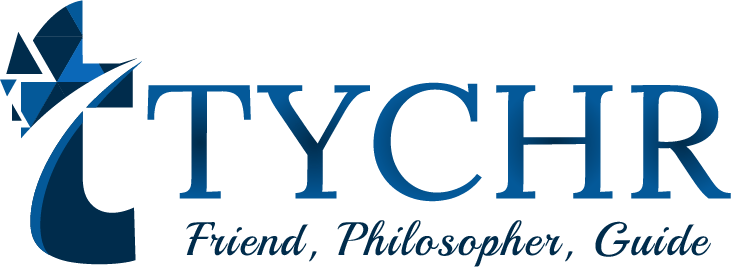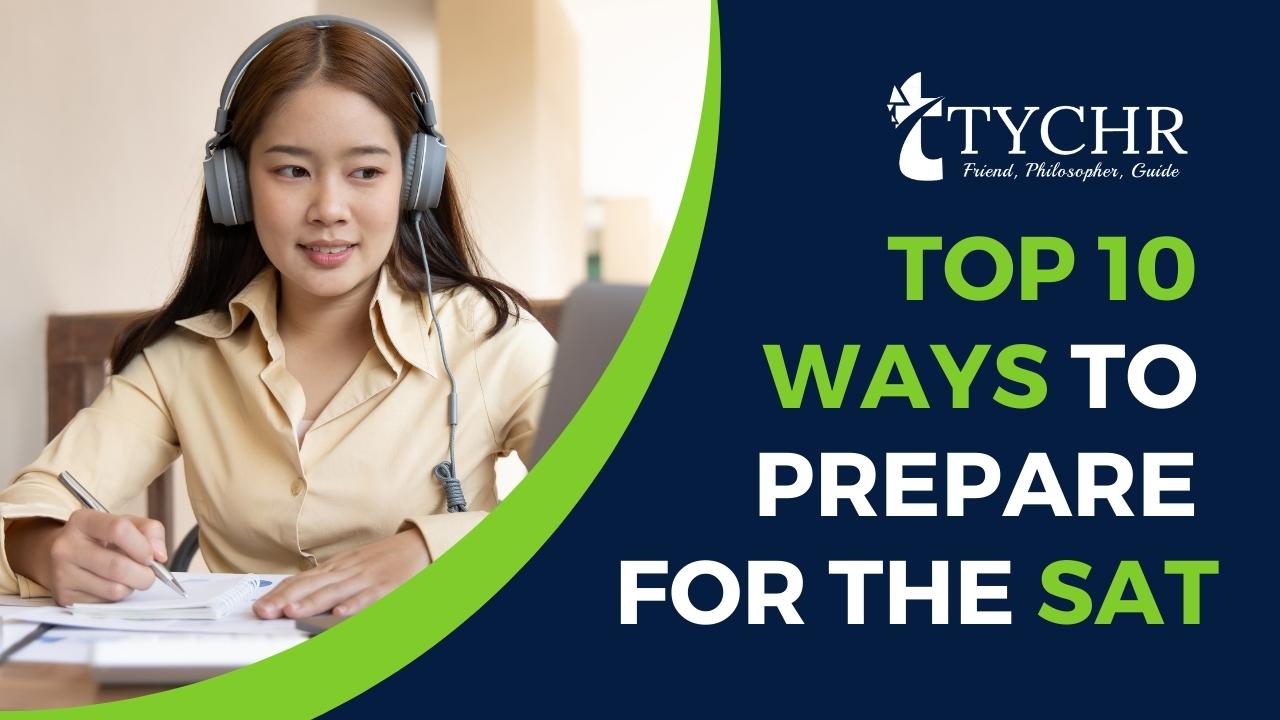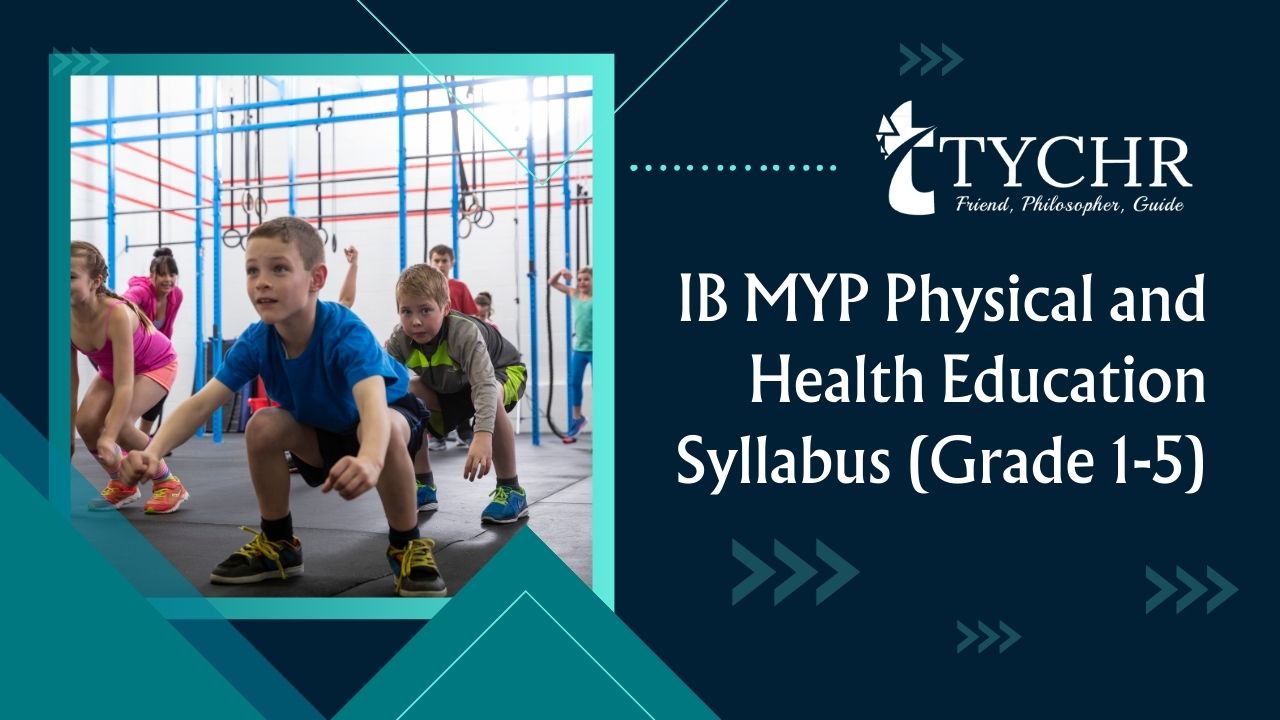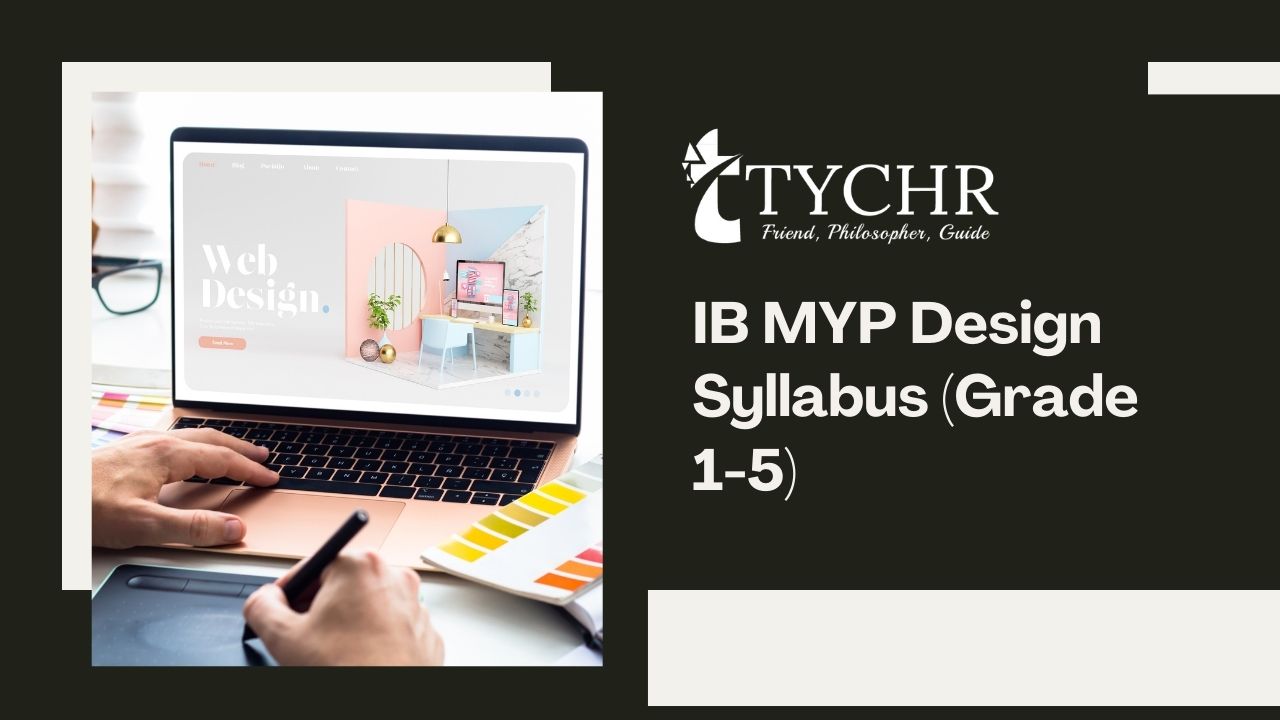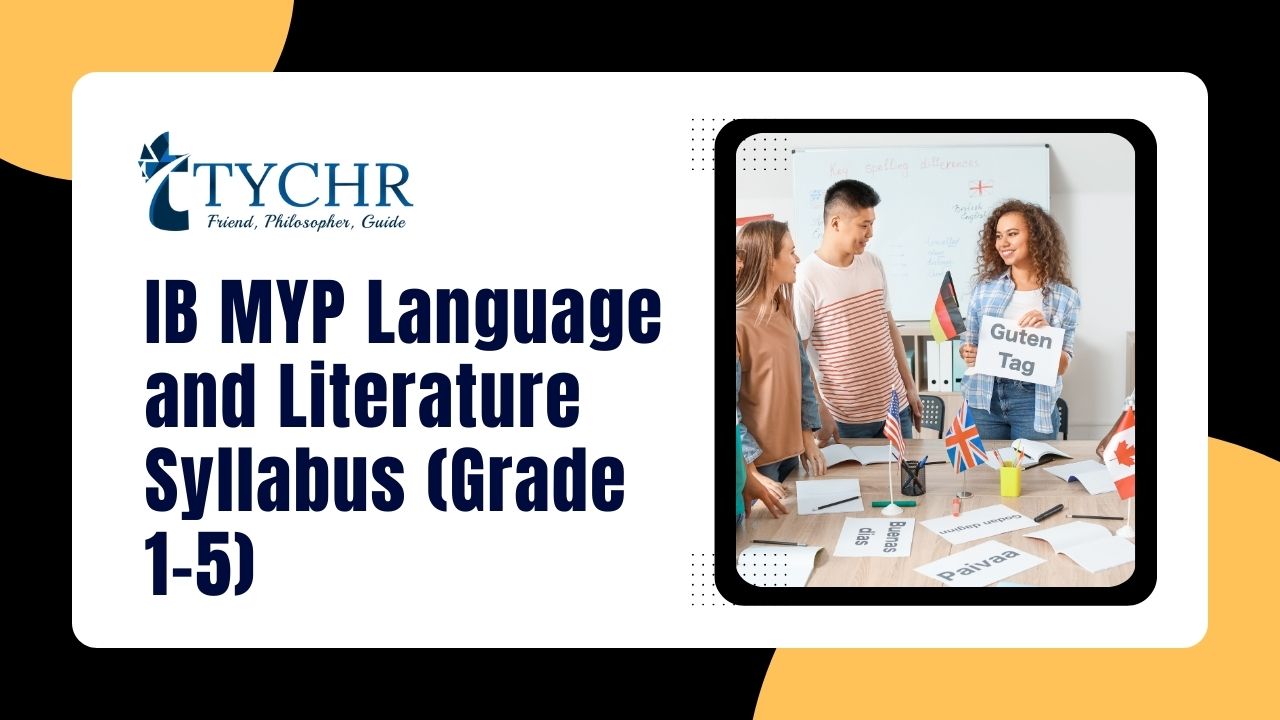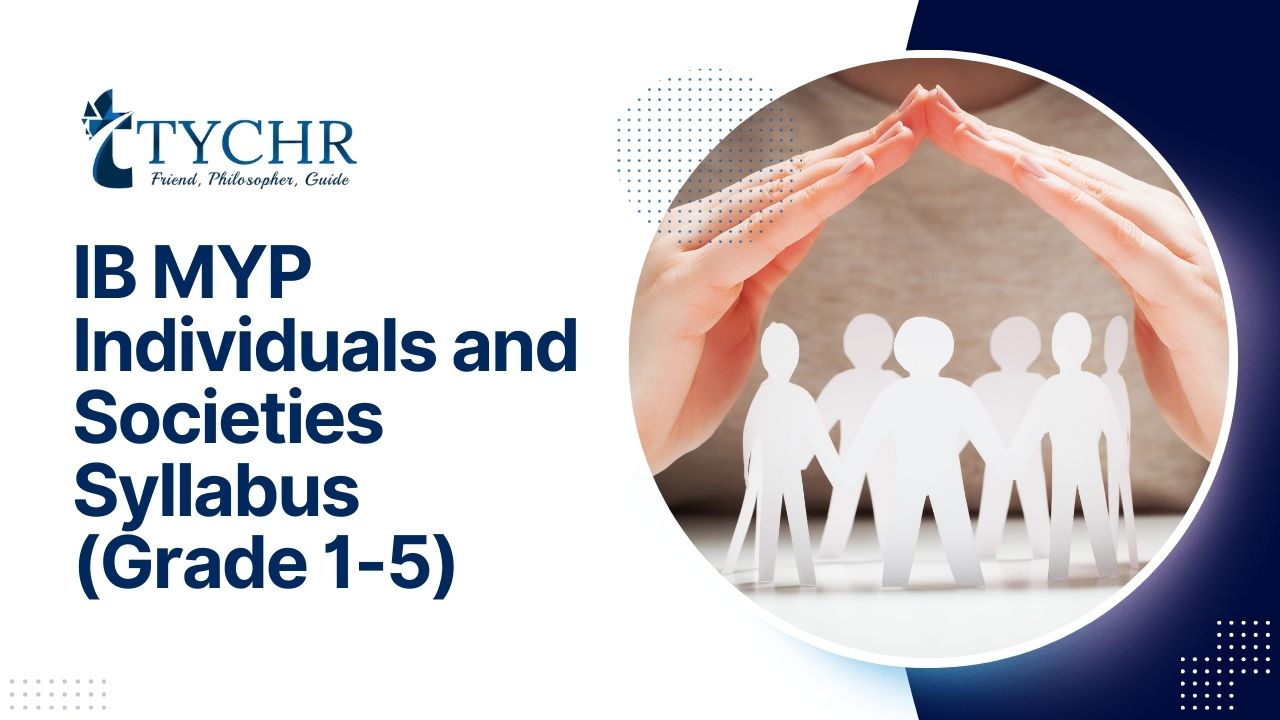Table of Contents
Welcome to the ultimate guide on mastering SAT preparation! Whether you’re a high school student aiming for top colleges or a parent looking to support your child’s academic success, this blog post is here to provide you with valuable tips and tricks to conquer the SAT. The SAT can seem like a daunting challenge, but with the right strategies and resources, you can approach it confidently and achieve your desired score. From understanding the exam format to dealing with test anxiety, we’ve got you covered. So let’s dive in and unlock your full potential in SAT preparation!
Understanding the SAT
The SAT, short for Scholastic Assessment Test, is a standardized exam widely used by colleges and universities in the United States as part of their admission process. It serves as a measure of a student’s readiness for higher education and assesses their knowledge and skills in key areas.
The exam consists of four main sections: Reading, Writing and Language, Math (with both calculator and no-calculator portions), and an optional Essay. Each section is designed to evaluate different abilities that are crucial for academic success.
In the Reading section, students are tested on their comprehension skills through passages from various genres such as literature, social sciences, or science. This section not only assesses reading speed but also requires critical analysis and inference-making abilities.
The Writing and Language section focuses on grammar rules, sentence structure, punctuation usage, and rhetorical skills. Students must identify errors within passages or improve them by making appropriate revisions.
Mathematics is divided into two sections – one allowing calculators while the other doesn’t. The questions cover algebraic concepts, problem-solving techniques, data interpretation, geometry principles along with some trigonometry topics.
Lastly comes the optional Essay section where test-takers analyze an argument presented in a passage prompt coherently expressing their thoughts with supportive evidence.
Understanding the format of each section helps students allocate time effectively during preparation to focus on weaker areas while maintaining strengths. By grasping the core components of this important examination early on in your SAT preparation journey will set you up for success!
Also Read: SAT Tips: Strategies for Excelling in the Scholastic Assessment Test
How to Create a Study Plan
Creating a study plan is crucial for effective SAT preparation. To begin, start by assessing your strengths and weaknesses in each section of the test. This will help you prioritize your study time and focus on areas that need improvement.
Next, set specific goals for each study session. Whether it’s completing practice questions or reviewing key concepts, having clear objectives will keep you on track and motivated.
When creating your schedule, be realistic about how much time you can dedicate to studying each day. Consistency is key, so try to establish a routine that works with your other commitments.
Break down the material into manageable chunks and allocate dedicated time for each section of the SAT. This way, you’ll ensure comprehensive coverage of the content while avoiding burnout.
Consider using various resources such as textbooks, online tutorials, and practice tests to enhance your understanding of different topics and question types.
Don’t forget to incorporate regular breaks into your study plan. Taking short breaks allows your brain to rest and helps prevent mental fatigue.
Additionally, consider joining a study group or finding an accountability partner who shares similar goals. Collaborating with others can provide valuable insights and increase motivation.
Remember that everyone has their own learning style, so experiment with different techniques until you find what works best for you. Some prefer visual aids like flashcards or diagrams while others benefit from auditory methods such as recording themselves explaining concepts aloud.
Lastly; stay flexible! Adjustments may be necessary along the way based on progress made or new challenges encountered during preparation.
Essential Tips for Test Day
Test day is finally here, and it’s normal to feel a mix of excitement and nerves. But don’t worry, with the right preparation and mindset, you can conquer the SAT! Here are some essential tips to help you make the most out of test day.
Get a good night’s sleep before the exam. It may be tempting to stay up late cramming, but trust me, your brain will thank you for getting those zzz’s. A well-rested mind performs better under pressure.
Eat a nutritious breakfast on the morning of your test. Fueling your body with healthy foods will give you sustained energy throughout the exam. Avoid heavy or greasy meals that might leave you feeling sluggish.
Next, arrive at least 15 minutes early to your testing center. This will give you time to find your assigned seat and settle in without any last-minute stress. Plus, starting off on time ensures that you have ample time to complete each section.
During the test itself, manage your time wisely. Pace yourself so that you have enough time for every question within each section. Don’t get stuck on difficult questions; skip them and come back later if there’s time.
Another important tip is to read all instructions carefully before starting each section. Understand what is being asked of you so that there are no surprises during the exam.
Remain calm and confident throughout the test. Remember that this is just one step in your journey towards higher education. Take deep breaths when needed and believe in yourself!
By following these essential tips for test day preparation, you’ll be setting yourself up for success on the SAT exam! Good luck!
The Importance of Practice Tests
Practice tests are an integral part of SAT preparation. They play a crucial role in helping students gauge their progress and identify areas where they need to improve. But why are practice tests so important? Let’s explore.
Practice tests give you a real feel for the actual exam. By simulating the test-taking environment, you can familiarize yourself with the format, timing, and types of questions you’ll encounter on test day. This helps reduce anxiety and build confidence.
Practice tests help you identify your strengths and weaknesses. Analyzing your performance allows you to focus your study efforts on areas that require more attention. By targeting specific topics or question types that challenge you, you can develop effective strategies to tackle them.
Moreover, taking multiple practice tests improves your time management skills. The SAT is a timed test, and practicing under time constraints will help train your ability to work efficiently within the allotted time for each section.
Additionally, practice tests enable you to refine your test-taking strategies. As you attempt different questions across various sections of the SAT, you’ll discover which methods yield better results for you personally.
Lastly but importantly, consistent practice through mock exams helps enhance your overall endurance and stamina for the lengthy duration of the SAT.
Utilizing Resources and Tools
When it comes to SAT preparation, having access to the right resources and tools can make all the difference in your success. With so many options available, it’s important to choose wisely and tailor your study materials to fit your needs.
One valuable resource is online practice tests. These are designed to simulate the actual SAT experience, giving you a chance to get familiar with the format and timing of each section. Many websites offer free or low-cost practice tests that cover all sections of the exam.
In addition to practice tests, there are also numerous study guides and books available specifically for SAT preparation. These resources often include helpful tips, strategies, and explanations for different types of questions you may encounter on test day.
Another useful tool is online video tutorials. Platforms like Khan Academy provide comprehensive lessons on various topics covered in the SAT. You can watch these videos at your own pace and review any areas where you need extra help or clarification.
Additionally, taking advantage of mobile apps can be a convenient way to squeeze in some extra studying during downtime. There are several apps available that offer flashcards, quizzes, and even timed practice sessions – perfect for improving your skills on-the-go!
Don’t forget about seeking guidance from teachers or tutors who specialize in SAT prep. They can provide personalized strategies based on your strengths and weaknesses while offering expert advice along the way.
By utilizing these resources effectively, you’ll be equipped with everything necessary for a successful SAT preparation journey! Keep exploring different tools until you find what works best for you – remember that everyone has their own unique learning style!
Strategies for Each Section of the SAT (Reading, Writing and Language, Math, Essay)
Reading:
When it comes to tackling the Reading section of the SAT, time management is key. Start by skimming through the passage to get a general understanding of its main idea and structure. As you read, underline or highlight important information that will help you answer the questions later. Stay focused and avoid getting caught up in intricate details that may eat away at your precious time.
Writing and Language:
In this section, pay attention to grammar rules and sentence structure. Read each question carefully and look for clues in the surrounding context that can guide you towards the correct answer choice. When it comes to improving sentences or paragraphs, trust your ear – does it sound right? Utilize elimination strategies to rule out incorrect options and choose from what remains.
Math:
The Math section tests your problem-solving skills rather than advanced mathematical knowledge. Familiarize yourself with key formulas beforehand but don’t rely solely on them – understand how they apply in different scenarios. Work systematically through each question, using process of elimination when necessary. Don’t waste too much time on difficult problems; move on and come back if there’s time left.
Essay:
Crafting a strong essay requires careful planning before diving into writing. Take a few minutes to brainstorm ideas and create an outline outlining your main points before putting pen to paper (or fingers to keyboard). Clearly state your thesis statement early on, provide solid examples or evidence to support your argument, use proper grammar throughout, and end with a concise conclusion.
Remember: practice makes perfect! The more familiar you become with these strategies by utilizing official practice tests provided by College Board or other reputable sources, the better prepared you’ll be on test day itself.
Dealing with Test Anxiety
Test anxiety can be a common hurdle that many students face when preparing for the SAT. The pressure to perform well can lead to feelings of stress, nervousness, and even panic. However, there are several strategies you can employ to help manage test anxiety and improve your overall performance.
It’s important to recognize that feeling anxious before a big test is completely normal. Acknowledging your emotions and reminding yourself that it’s okay to feel nervous can help alleviate some of the pressure you may be experiencing.
One effective technique for managing test anxiety is deep breathing exercises. Taking slow, deep breaths in through your nose and exhaling slowly through your mouth can help calm both your mind and body. Practice this technique regularly leading up to the exam so that it becomes second nature on test day.
Another helpful strategy is positive self-talk. Instead of allowing negative thoughts or doubts to consume you, replace them with positive affirmations such as “I am prepared” or “I have studied hard.” Remembering all the effort you’ve put into preparing for the SAT can boost your confidence and reduce anxiety levels.
Additionally, maintaining a healthy lifestyle leading up to the exam is crucial in managing test anxiety. Getting enough sleep, eating nutritious meals, and engaging in regular physical activity will not only benefit your overall well-being but also contribute positively towards reducing stress levels.
It’s also essential not to compare yourself too much with others during preparation or on test day itself. Remember that everyone has their own unique strengths and weaknesses – focus on doing YOUR best rather than worrying about how others are performing.
Don’t forget about relaxation techniques! Find activities that help you unwind like listening to music or taking short breaks during study sessions for meditation or stretching exercises.
By implementing these strategies into your SAT preparation routine, you’ll be better equipped at handling any pre-test jitters effectively while maximizing your potential performance on exam day.
Staying Motivated and Focused
Staying motivated and focused throughout your SAT preparation can be a challenge, but it is essential for success. With so much content to cover and pressure to perform well, it’s easy to feel overwhelmed or lose sight of your goals. However, by implementing a few strategies and maintaining a positive mindset, you can stay on track and maximize your study efforts.
Set clear goals for yourself. Break down the SAT into smaller milestones and create a study plan that aligns with these objectives. This will give you a sense of direction and help you measure your progress along the way.
Next, find ways to stay motivated. Surround yourself with positive influences such as inspiring quotes or testimonials from successful test-takers. Additionally, reward yourself after completing each study session or reaching important milestones.
It’s also important to maintain focus during your study sessions. Minimize distractions by creating a quiet environment free from interruptions. Consider using techniques like the Pomodoro Technique (working in short bursts followed by breaks) to stay productive without feeling overwhelmed.
Furthermore, vary your study methods to keep things interesting. Incorporate different learning tools such as flashcards, practice tests, online resources, or even forming study groups with peers who are also preparing for the SAT.
Take care of yourself physically and mentally throughout this process. Ensure you get enough sleep every night as rest plays an integral role in cognitive function and memory retention. Also prioritize self-care activities like exercise or hobbies that allow you to relax and recharge.
By staying motivated and focused on your SAT preparation journey while incorporating effective strategies into your routine, you will increase your chances of achieving success on test day! So keep pushing forward towards those high scores!
Also Read: Mastering SAT Words: A Comprehensive Guide to Boost Your Vocabulary
Conclusion
Mastering SAT preparation requires careful planning, dedicated practice, and a focused mindset. By understanding the format of the exam, creating a study plan, utilizing resources and tools, and implementing effective strategies for each section, you can maximize your chances of success.
Remember to utilize practice tests as an essential part of your preparation. These tests not only help you become familiar with the structure and content of the SAT but also allow you to identify areas that require improvement. Make sure to review your mistakes and understand why you made them in order to avoid repeating them on test day.
Dealing with test anxiety is crucial for performing well on the SAT. Take steps to manage stress by practicing relaxation techniques such as deep breathing or visualization exercises. Additionally, maintaining a positive mindset and staying motivated throughout your journey will greatly contribute to your overall performance.
As you embark on this challenging yet rewarding journey towards SAT success, remember that consistency is key. Set realistic goals for yourself and stick to your study plan diligently. Celebrate even small victories along the way as they will keep you motivated.



